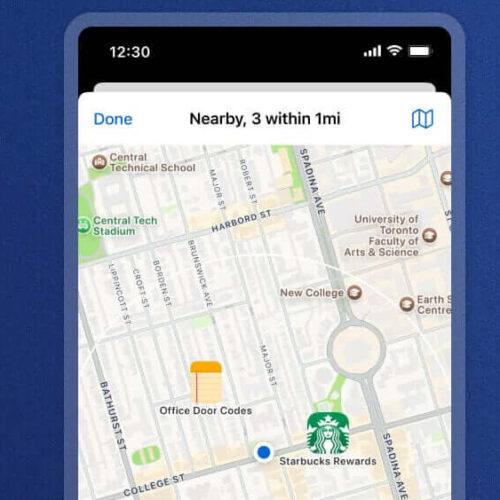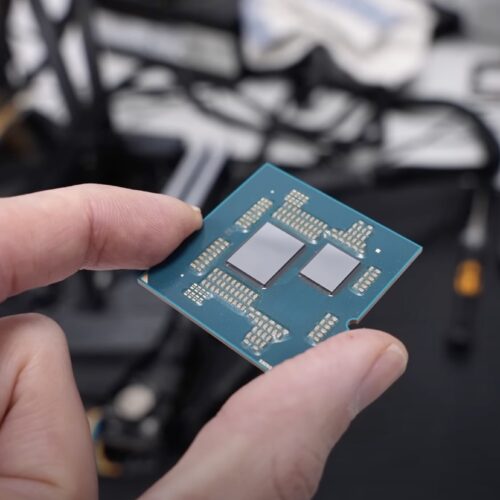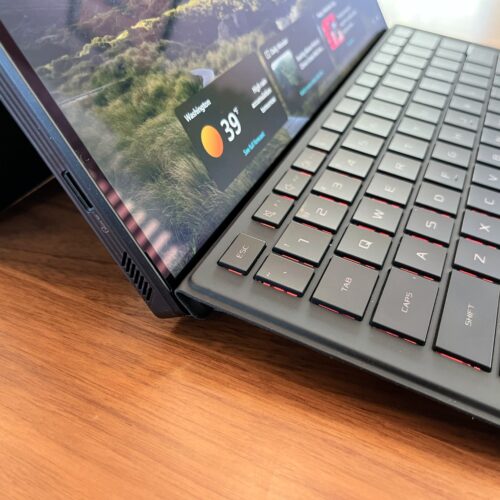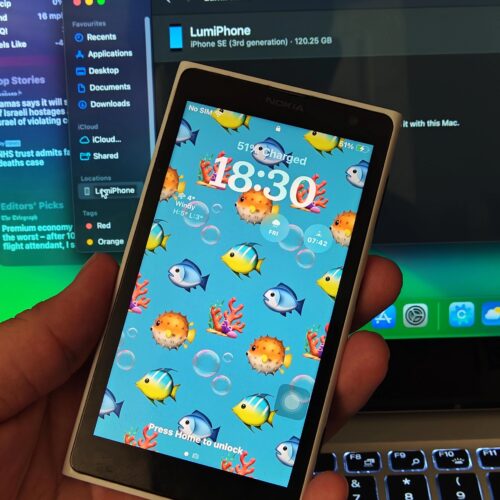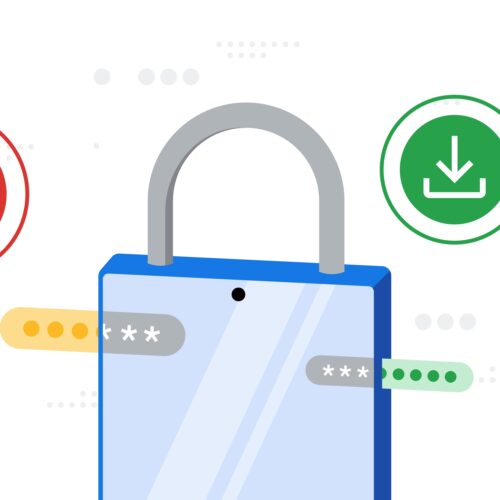1Password offers geo-locating help for bad apps that constantly log you out
1Password has announced a new feature that lets you assign a geolocation to items stored in your vault. At first glance, that might not seem like much: a new little box inside a mobile utility you use on occasion. But allow me to remind you of something many of us cannot get away from: Terrible yet semi-mandatory apps with awful names that sign you out just when you need them.
The Ticketmaster app, for example, will always be signed out right when you're coming up to the front of the line at the venue and the line suddenly starts moving faster. Or you will remember you have a discount or coupon inside a store or takeout joint's app, but you will remember this only after every item has been scanned, just as the eyes of those in line behind you start burning holes into your neck. The airline on which you are flying ensures you are not logged in right before you arrive at the airport, so you can spend a little more time at their self-service kiosk, holding your bags so they don't tip over while you log back in.
Can you get by without using these apps? Technically, yes. But they're quite handy in a pinch, and 1Password's newest feature actually does something to make them even more accessible.


© 1Password
